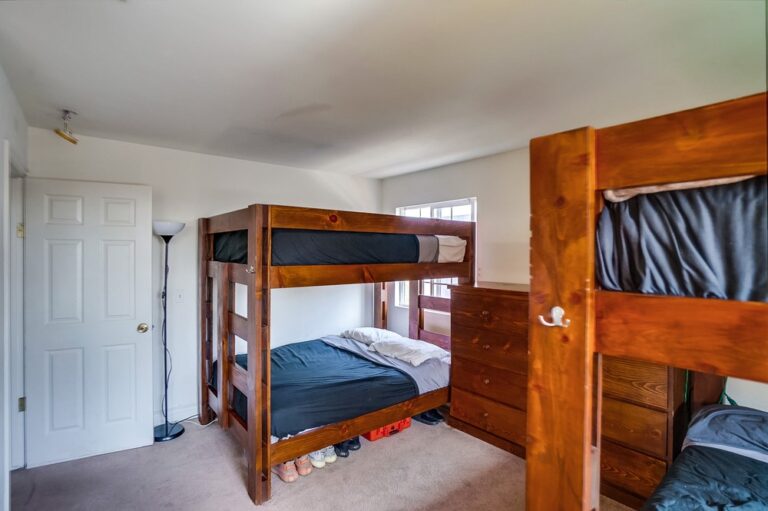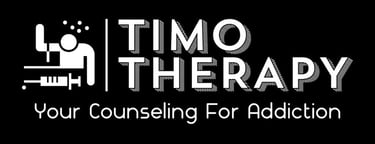The Illusion of "Cured": Why Sober Living Isn’t a Step Back — It’s a Leap Forward
Sober living isn't a step backward — it's a critical phase of addiction recovery. Learn why structured housing after treatment often determines long-term success, and how leaving treatment without it increases relapse risk dramatically.


The Dangerous Myth
It’s a dangerous myth that completing a 30-, 60-, or even 90-day treatment program means you’re “done” with addiction. The truth? That’s just the beginning.
Every day, men and women walk out of rehab feeling hopeful — but vulnerable. They’ve detoxed, gone to groups, maybe even worked through trauma. But then what?
Where they go next often determines whether they make it… or relapse.
And that’s where sober living comes in — a resource that’s deeply misunderstood, often underestimated, and tragically underutilized.
Why Sober Living Matters So Much
Let’s be real — the world you go back to after treatment hasn’t changed. The dealers are still on the corner. Your old drinking buddies still have your number. The stressors, the loneliness, the bills — all still there.
Sober living gives recovering addicts what treatment can’t:
Time to apply new skills in the real world
Accountability outside the clinical setting
Structure without isolation
Peer support with shared goals
A bridge between 24/7 supervision and total independence
It’s the difference between stepping down… and being thrown off a cliff.
What Sober Living Actually Looks Like
Forget the outdated image of halfway houses. Today’s sober homes range from structured community residences with curfews and drug testing to high-end recovery houses with job assistance, therapy access, and alumni support.
A typical sober living home may include:
Shared or private bedrooms
Weekly house meetings and chores
Mandatory sobriety and random testing
Requirements to attend meetings (AA, NA, etc.)
Employment or school obligations
On-site or nearby access to recovery resources
Some also include mentorship programs or transitional phases to prepare residents for fully independent living.
The Numbers Don’t Lie
According to the National Institute on Drug Abuse (NIDA), relapse rates after treatment range from 40–60% — but significantly lower for individuals who continue into sober living.
A UCLA study found that residents of sober homes had better employment outcomes and lower substance use rates at 6 and 12 months compared to those who returned home immediately.
One large-scale analysis found that 90-day+ stays in sober living resulted in a 60% increase in long-term sobriety, compared to those who skipped this phase altogether.
It’s not just anecdotal — sober living saves lives. Yet many skip it. Why?
Why People Avoid It — And Why That’s a Problem
There’s a dangerous perception that sober living is:
A punishment
A sign of failure
Too expensive
Just “another rehab”
Not necessary if you’re “really serious”
Here’s the hard truth: leaving inpatient care without a sober structure is like walking off a battlefield without armor.
You might survive for a while. But when life starts firing again, you’ll be exposed.
Families sometimes pressure loved ones to come home. The addict themselves might feel ashamed or impatient. But skipping this step is one of the biggest predictors of relapse.
The Family’s Role: Support or Sabotage?
Families often mean well — but when they beg someone to “just come home,” they’re unknowingly inviting chaos back into the house.
Here’s why family should support sober living instead of rushing reunion:
It gives the recovering person a chance to stabilize on their own.
It prevents co-dependency and enabling from reigniting.
It offers time to rebuild trust and communication gradually.
It protects children or vulnerable relatives from early exposure to relapse risk.
If a loved one is choosing sober living — encourage it. If they’re resisting it — challenge them, lovingly.
Ask: What’s the rush? What are you afraid of gaining from this time?
When Should Someone Transition to Sober Living?
It’s never too early to start planning for this phase. Ideally, the transition should be:
Discussed during treatment with the clinical team
Supported financially or logistically by family, if possible
Chosen voluntarily, not forced — but with strong encouragement
If treatment is ending and the next step is unclear, that’s a red flag.
The discharge plan should always include sober housing if long-term sobriety is the goal.
What to Look for in a Quality Sober Living Home
Not all homes are created equal. Look for:
Certification by NARR (National Alliance for Recovery Residences) or state-approved networks
Clear rules, drug testing policies, and resident agreements
A clean, safe, and supportive environment
Evidence of peer support and house accountability
Positive reviews or alumni testimonials
Avoid “flop houses” or places with unclear guidelines — they can be more harmful than helpful.
A Personal Message to the Person in Early Recovery
You may feel like sober living is just delaying your real life. But the truth is: this IS your real life. You’re rebuilding it brick by brick.
This is the time to stabilize, to form new habits, to practice living clean before life’s storms hit.
You won’t regret staying a few more months in a space built to protect your progress.
But you might regret walking out too soon.
At the End of it All...
Sober living after treatment isn’t a fallback plan — it’s a forward plan. A safe space. A launching pad. A proven buffer between relapse and lasting recovery.
If we want to stop the revolving door of addiction, we need to stop rushing people out of care before they’re ready — and start treating sober living like the essential step it truly is.
Post written for Timotherapy.com — where recovery is respected, not rushed.




















